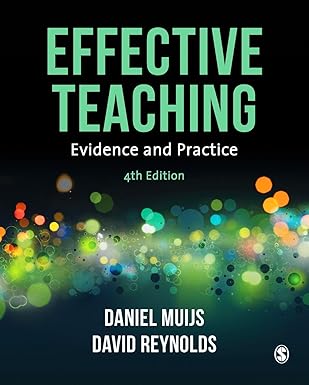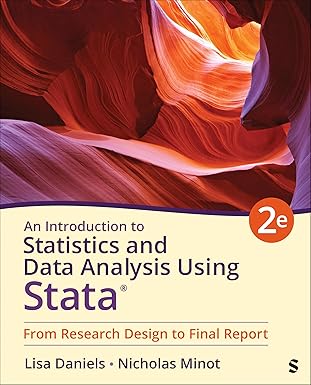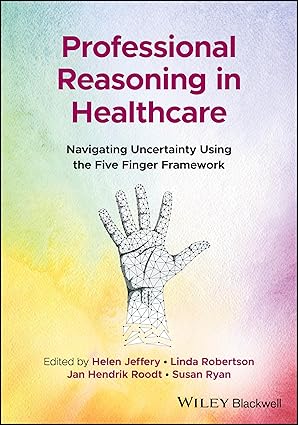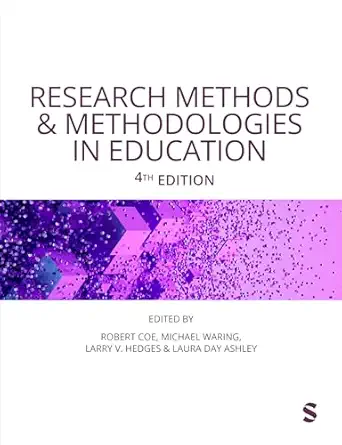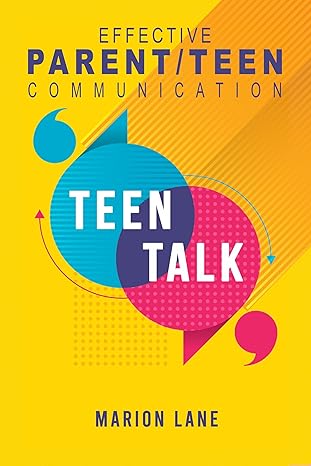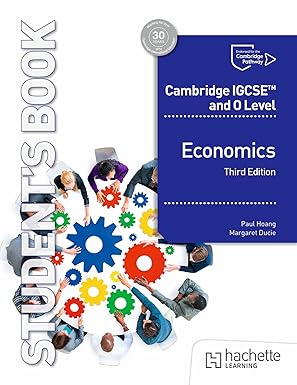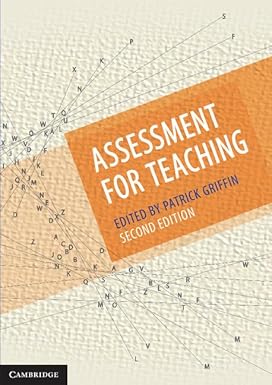The Practice of English Language Teaching is the essential guide for teachers of English. It explains current pedagogy to teachers who want to access the more relevant ELT practices and incorporate them into their lessons. The fifth edition has been revised to reflect the latest development in language teaching.
English language classrooms have changed greatly since the first edition of this book was published, more than thirty years ago. Advances in the technology available to teachers and students, both inside and outside the classroom, have brought about some of the most noticeable of these changes.
However, the fundamental questions of how best to teach and learn a language remain the same. This book is informed by past theory and practice and by books and articles written by teachers and researchers in recent years. It examines current issues ¿ such as the lingua franca core, teaching ¿unplugged¿ and the rise of digital testing and marking, amongst many others ¿ and provides a snapshot of the state of English language teaching today.
The Practice of English Language Teaching includes:
· English as a world language
· Theories of language and language learning
· Learner characteristics which influence teacher decisions
· Guidance on managing learning
· Teaching language systems (grammar, vocabulary and pronunciation)
· Teaching language skills (speaking, writing, listening and reading)
· Practical teaching ideas
· The role of technology (old and new) in the classroom
· Assessment for language learning in the digital age
چکیده فارسی
عملیات آموزش زبان انگلیسی راهنمای ضروری برای معلمان زبان انگلیسی است. آموزش فعلی را برای معلمانی توضیح می دهد که می خواهند به شیوه های مرتبط تر ELT دسترسی داشته باشند و آنها را در دروس خود بگنجانند. ویرایش پنجم برای منعکس کردن آخرین پیشرفت در آموزش زبان اصلاح شده است.
کلاس های درس زبان انگلیسی از زمان انتشار اولین نسخه این کتاب، بیش از سی سال پیش، بسیار تغییر کرده است. پیشرفتهای فناوری در دسترس معلمان و دانشآموزان، چه در داخل و چه در خارج از کلاس، برخی از قابل توجهترین این تغییرات را ایجاد کرده است.
با این حال، سؤالات اساسی در مورد بهترین روش آموزش و یادگیری زبان ثابت باقی می مانند. این کتاب بر اساس تئوری و عمل گذشته و از کتاب ها و مقالاتی که در سال های اخیر توسط معلمان و محققان نوشته شده است، تهیه شده است. این به بررسی مسائل جاری ¿ مانند هسته lingua franca، آموزش ¿unplugged¿ و افزایش تست دیجیتال و علامت گذاری، در میان بسیاری دیگر می پردازد و تصویری از وضعیت آموزش زبان انگلیسی امروز ارائه می دهد.
عملیات آموزش زبان انگلیسی شامل موارد زیر است:
· انگلیسی به عنوان یک زبان جهانی
· نظریههای زبان و یادگیری زبان
· ویژگی های یادگیرنده که بر تصمیمات معلم تأثیر می گذارد
· راهنمای مدیریت یادگیری
· سیستم های آموزشی زبان (گرامر، واژگان و تلفظ)
· آموزش مهارتهای زبانی (صحبت کردن، نوشتن، شنیدن و خواندن)
· ایدههای آموزشی کاربردی
· نقش فناوری (قدیمی و جدید) در کلاس درس
· ارزیابی یادگیری زبان در عصر دیجیتال
ادامه ...
بستن ...


